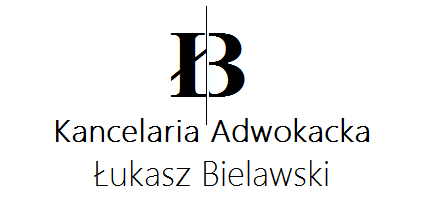The Essay Format – How to Write a Good Essay
How to Get Term Papers Online
7 lutego 2022Benefits of Custom Paper
7 lutego 2022One of the initial forms of literature known to humankind was essays composed to convey ideas and express opinions. The writings were utilized in formal academic debates, political agitation, company letters, pamphlets, and many other public communication forms. The documents were primarily used for self-expression, to comment on current events and situations, and also to convey an opinion about matters of public concern. Some of the most famous essays are The Origin of Species, Descartes’ Essay Concerning Human Understanding, Locke’s Essay Concerning Human Understanding, and composition writing for the World Wide Web.
A persuasive article, compared to a story essay, is a direct form of literature, demonstrating its subject or subject in a way that persuades the reader to take an idea or to embrace an action. A narrative essay usually deals with topics of personal experience and may be written about a person or group of individuals. A persuasive essay, on the other hand, tends to take care of public issues, ideas, views, or feelings. It is targeted at convincing the reader an idea is better than a rival idea, a position is better than a contrary view, or that a solution to a problem is far better than not having a solution at all. Essays tend to be descriptive rather than prescriptive.
The four chief types of essays are persuasive essays, analytical essays, argumentative essays, and expository essays. These classes are derived from the structure of this literature, and the specific functions of each type of essay. An persuasive essay normally starts with a case study and is intended to convince the reader to take an how to write a check for 1000 idea, to pass an exam, to purchase a product, or to deny an idea. Analytical essays, on the other hand, tend to present arguments and data in support of some main thought.
An article’s structure usually follows a logical order, although not always. Sometimes, but the construction of the essay may fluctuate, depending on the fashion of the author. Informal essays usually follow a logical sequence of thoughts and arguments.1 thought acts as a springboard for yet another, creating an interconnected world of ideas and facts. Whenever these essays concern public issues, the reader will almost always comprehend that the writer is making an impression about the topic, even if they may disagree. Argumentative essays summarize a writer’s position on a certain issue and argue forcefully against opinions opposing the writer’s views.
Finally, you will find thesis statements. The thesis statement in an essay represents the central idea of this essay. Essays that have the thesis would be commonly assigned to prepare for university credit. The thesis is frequently written in one of two ways: as a straightforward statement of truth that the writer believes to be true; or instant, as a strong piece of reasoning and scholarship that is directed at demonstrating a particular claim.
A narrative essay starts with an introduction and a debate. The debate is most likely to appear from the first person, with personal experience to support the thesis. However, the article author might choose to use only third person pronouns, like”I,””me,””my,” and”our.” Irrespective of the sequence of presentation, the thesis statement at many essays makes a wide generalization or exception to an established rule, most frequently in the particulars of an event or occurrence. This technique is most successful when used to explain a particular instance or attribute of some sort, instead of generalizing across the board.
The title page and conclusion of an essay are nearly always the last paragraph completely. In this part, the writer generally presents his or her primary argument against the conflicting views, using direct speech to counter such viewpoints. The title page is not required to be accommodated, but should comprise one or two clearly recognizable features of the arguments presented through the entire body of the job. The very popular format for these pages is the contrast and compare process, comparing one set of events or facts to another, usually presented in paragraph-by-paragraph or paragraph-by-phrase fashion. The objective of this comparison is to draw the reader’s attention to a particular aspect of the scenario, and emphasize the debate or controversy within that fact.
Conclusion statements typically follow the end, as they serve to tie up loose ends of the essay and make the whole thing seem more organized and organized. These statements also serve to formally acknowledge the presence and function of the author as well as the specific facts or cases brought forth within the body paragraphs. The use of this formal ending to complete essays is a frequent standard of writing, although some have opted to finish each essay with a personal opinion or personal observation. An individual needs to keep in mind that the objective of these statements would be to leave the reader with a solid impression of the essay and its planned message. If the author uses a lot of personal opinions or shows a lack of comprehension of social or cultural consequences of the facts or examples presented inside the body paragraphs, then the reader will have doubts about the objectivity of the item and might even doubt that the integrity of the author.
